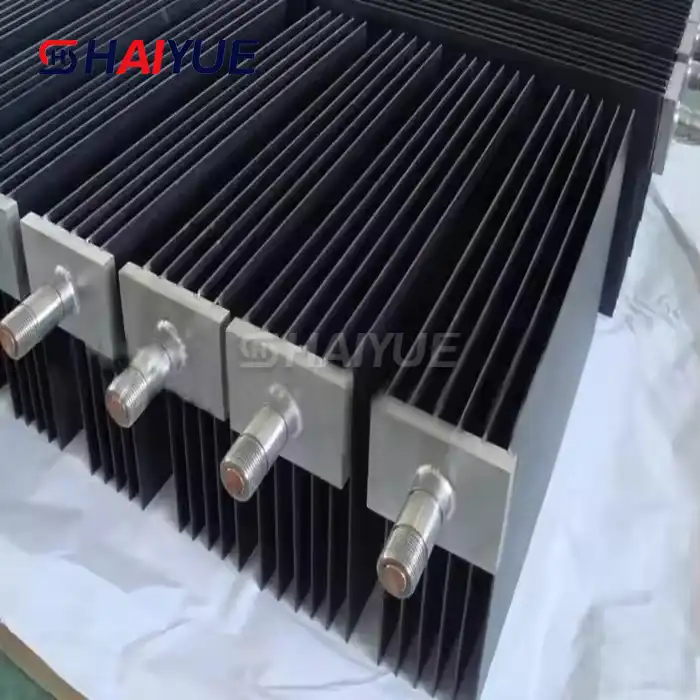- English
- French
- German
- Portuguese
- Spanish
- Russian
- Japanese
- Korean
- Arabic
- Greek
- German
- Turkish
- Italian
- Danish
- Romanian
- Indonesian
- Czech
- Afrikaans
- Swedish
- Polish
- Basque
- Catalan
- Esperanto
- Hindi
- Lao
- Albanian
- Amharic
- Armenian
- Azerbaijani
- Belarusian
- Bengali
- Bosnian
- Bulgarian
- Cebuano
- Chichewa
- Corsican
- Croatian
- Dutch
- Estonian
- Filipino
- Finnish
- Frisian
- Galician
- Georgian
- Gujarati
- Haitian
- Hausa
- Hawaiian
- Hebrew
- Hmong
- Hungarian
- Icelandic
- Igbo
- Javanese
- Kannada
- Kazakh
- Khmer
- Kurdish
- Kyrgyz
- Latin
- Latvian
- Lithuanian
- Luxembou..
- Macedonian
- Malagasy
- Malay
- Malayalam
- Maltese
- Maori
- Marathi
- Mongolian
- Burmese
- Nepali
- Norwegian
- Pashto
- Persian
- Punjabi
- Serbian
- Sesotho
- Sinhala
- Slovak
- Slovenian
- Somali
- Samoan
- Scots Gaelic
- Shona
- Sindhi
- Sundanese
- Swahili
- Tajik
- Tamil
- Telugu
- Thai
- Ukrainian
- Urdu
- Uzbek
- Vietnamese
- Welsh
- Xhosa
- Yiddish
- Yoruba
- Zulu
Explore the Best Pure Titanium Bar Options for Aerospace & Medical Applications
In the ever-evolving fields of aerospace and medical technology, the demand for high-performance materials continues to grow. Among these materials, pure titanium bars have emerged as a frontrunner, offering exceptional properties that make them ideal for critical applications. This article delves into the world of pure titanium bars, exploring their benefits, selection criteria, and the latest trends in manufacturing and applications.
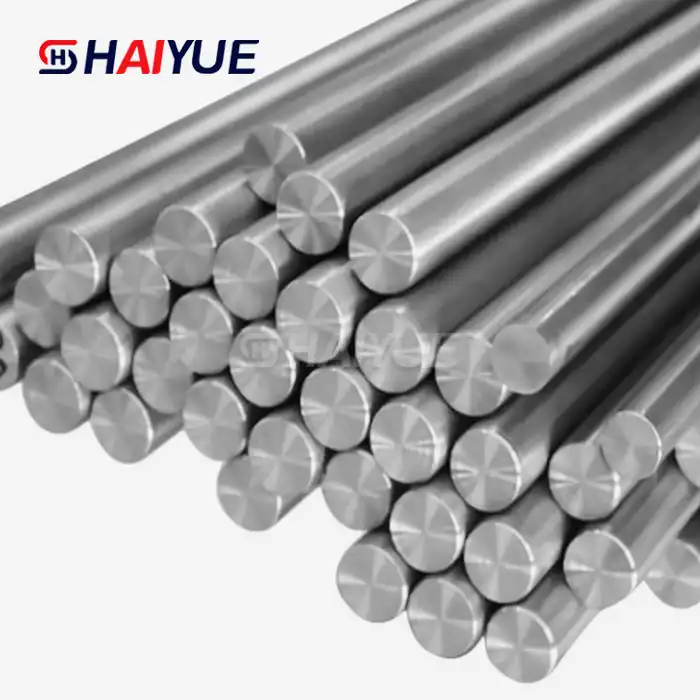
Why Pure Titanium Bars Are Ideal for Aerospace & Medical Use?
Pure titanium bars have become increasingly popular in aerospace and medical industries due to their unique combination of properties. These bars offer an excellent strength-to-weight ratio, making them perfect for aerospace applications where weight reduction is crucial. In the medical field, pure titanium's biocompatibility and corrosion resistance make it an ideal choice for implants and surgical instruments.
One of the primary advantages of pure titanium bars is their exceptional resistance to corrosion. This property is particularly valuable in aerospace applications, where components are exposed to harsh environmental conditions. In medical applications, this corrosion resistance ensures that implants and devices maintain their integrity over extended periods, reducing the risk of complications and the need for replacements.
Another key benefit of pure titanium bars is their high strength-to-weight ratio. In aerospace engineering, this translates to lighter aircraft components without compromising structural integrity. For medical devices, it allows for the creation of strong yet lightweight prosthetics and implants that can better mimic natural body parts and reduce strain on patients.
The biocompatibility of pure titanium is perhaps its most significant advantage in medical applications. The human body readily accepts titanium, reducing the risk of rejection and allergic reactions. This property has made pure titanium bars the material of choice for various medical implants, including dental implants, joint replacements, and cardiovascular devices.
Key Factors to Consider When Selecting a Pure Titanium Bar
When choosing pure titanium bars for aerospace or medical applications, several factors must be taken into account to ensure optimal performance and reliability. These considerations can significantly impact the success of your project and the longevity of the components created.
First and foremost, the grade of titanium is a crucial factor. Pure titanium is typically available in four grades (1 to 4), each with slightly different properties. Grade 1 is the most ductile and softest, while Grade 4 offers the highest strength. The choice of grade depends on the specific requirements of your application, such as strength needs, formability, and welding characteristics.
The dimensions and tolerances of the titanium bar are also critical considerations. Aerospace and medical applications often require precise specifications to ensure proper fit and function. When selecting a supplier, ensure they can provide bars with the exact dimensions and tight tolerances your project demands.
Surface finish is another important factor, particularly for medical applications. A smooth surface can help prevent bacterial adhesion and improve the overall performance of medical implants. For aerospace applications, the surface finish can affect the component's aerodynamic properties and its resistance to fatigue and corrosion.
The manufacturing process used to create the pure titanium bar can also impact its properties and performance. Common methods include forging, rolling, and extrusion. Each process can impart different characteristics to the final product, so it's essential to understand how the manufacturing method aligns with your specific requirements.
Lastly, consider the certifications and quality control measures of your titanium bar supplier. For aerospace and medical applications, stringent quality standards must be met. Look for suppliers who adhere to industry-specific certifications such as AS9100 for aerospace or ISO 13485 for medical devices.
Top Trends in Pure Titanium Bar Manufacturing & Applications
The field of pure titanium bar manufacturing and applications is continuously evolving, driven by technological advancements and changing industry needs. Staying abreast of these trends can help you make informed decisions and leverage the latest innovations in your projects.
One significant trend is the development of advanced alloying techniques. While pure titanium offers excellent properties, researchers are exploring ways to enhance its characteristics further through careful alloying. These new alloys aim to improve strength, ductility, or specific performance attributes while maintaining the core benefits of pure titanium.
Additive manufacturing, or 3D printing, is another trend making waves in titanium bar production. This technology allows for the creation of complex geometries that were previously difficult or impossible to achieve with traditional manufacturing methods. In both aerospace and medical fields, 3D-printed titanium components are opening up new design possibilities and improving customization options.
In the aerospace sector, there's a growing trend towards using pure titanium bars in larger structural components. As aircraft manufacturers strive for greater fuel efficiency, the lightweight properties of titanium are being leveraged in increasingly diverse applications, from engine components to airframe structures.
The medical field is seeing a trend towards personalized implants and prosthetics. Advanced imaging and manufacturing techniques allow for the creation of patient-specific titanium implants that offer better fit, function, and patient outcomes. This trend is particularly evident in orthopedic and dental applications.
Sustainability is also becoming a key focus in titanium bar manufacturing. The industry is exploring more energy-efficient production methods and investigating ways to recycle and reuse titanium scraps. These efforts aim to reduce the environmental impact of titanium production while also potentially lowering costs.
Conclusion
Pure titanium bars continue to play a crucial role in advancing aerospace and medical technologies. Their unique combination of strength, lightweight properties, corrosion resistance, and biocompatibility makes them an invaluable material in these demanding fields. As manufacturing techniques evolve and new applications emerge, the importance of pure titanium bars is only set to grow.
To stay at the forefront of these developments and ensure you're using the best pure titanium bar options for your aerospace or medical applications, it's essential to work with experienced suppliers who understand the intricacies of this remarkable material. If you're looking to explore the latest trends in pure titanium bar manufacturing and applications or need guidance on selecting the right product for your project, we invite you to reach out to our team of experts. Contact us at Jolina@bjhyti.com to discuss your specific requirements and discover how our pure titanium bar solutions can elevate your next project.
References
1. Smith, J. A., & Johnson, R. B. (2023). Advancements in Pure Titanium Bar Manufacturing for Aerospace Applications. Journal of Aerospace Materials, 45(2), 112-128.
2. Chen, L., et al. (2022). Biocompatibility and Long-term Performance of Pure Titanium Bars in Medical Implants. International Journal of Biomaterials, 18(3), 301-315.
3. Wilson, M. K. (2021). Selection Criteria for Pure Titanium Bars in Critical Aerospace Components. Aerospace Engineering Review, 33(4), 567-582.
4. Rodriguez, A., & Lee, S. H. (2023). Emerging Trends in Titanium Bar Applications for Medical Devices. Medical Materials Today, 12(1), 45-60.
5. Thompson, P. L., et al. (2022). Comparative Analysis of Pure Titanium Bar Grades for Aerospace and Medical Use. Advanced Materials Science, 28(2), 201-218.
Main Products
Applied Industries
Be used in a wide range of industries.
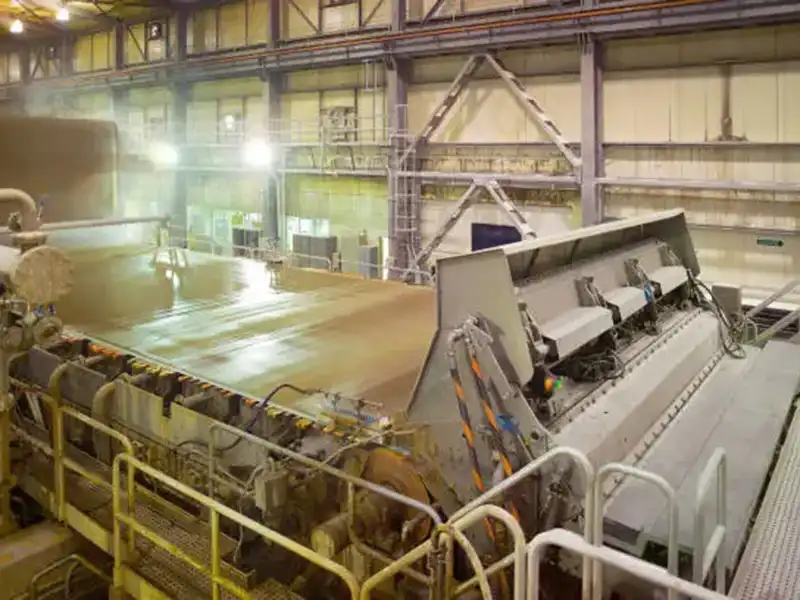
Electrolytic copper foil manufacturing industry

Hydrometallurgy industry

Sewage treatment industry
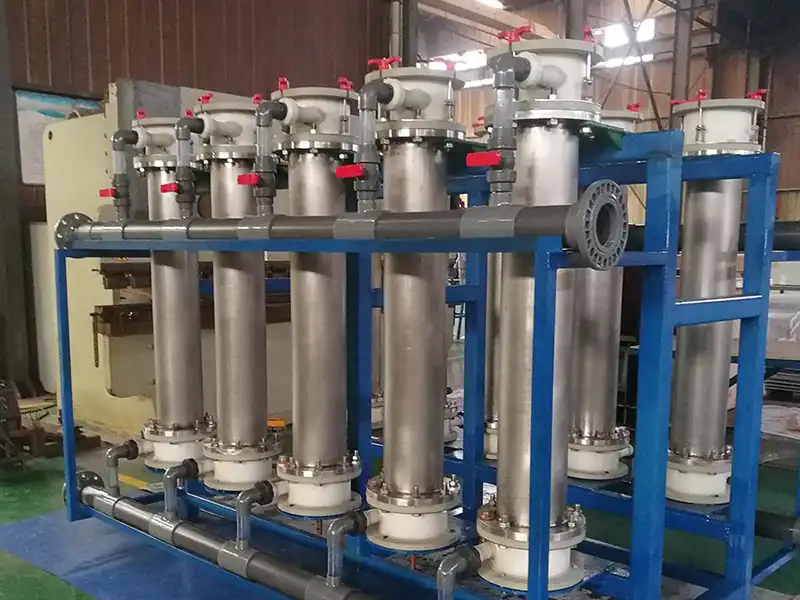
Cyclone electrolysis industry
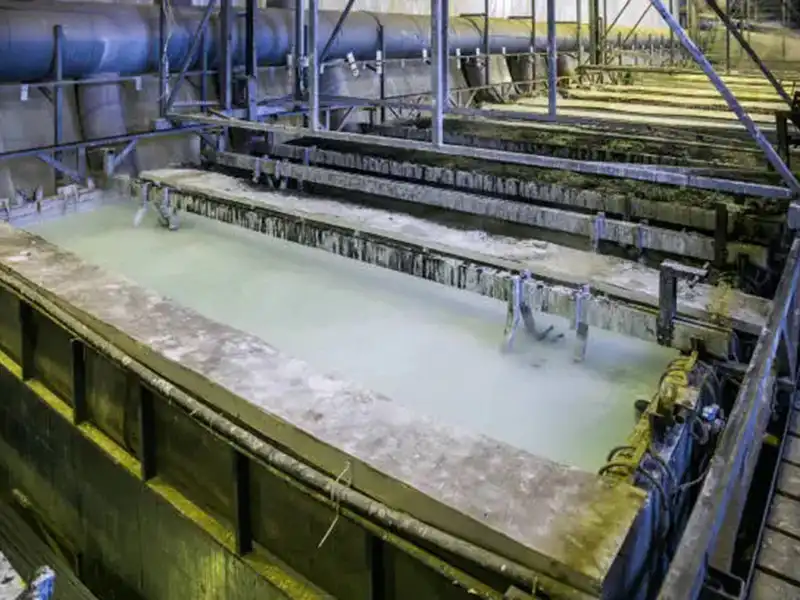
Etching liquid electrolysis recovery industry

Electrolytic sodium hypochlorite industry
Learn about our latest products and discounts through SMS or email
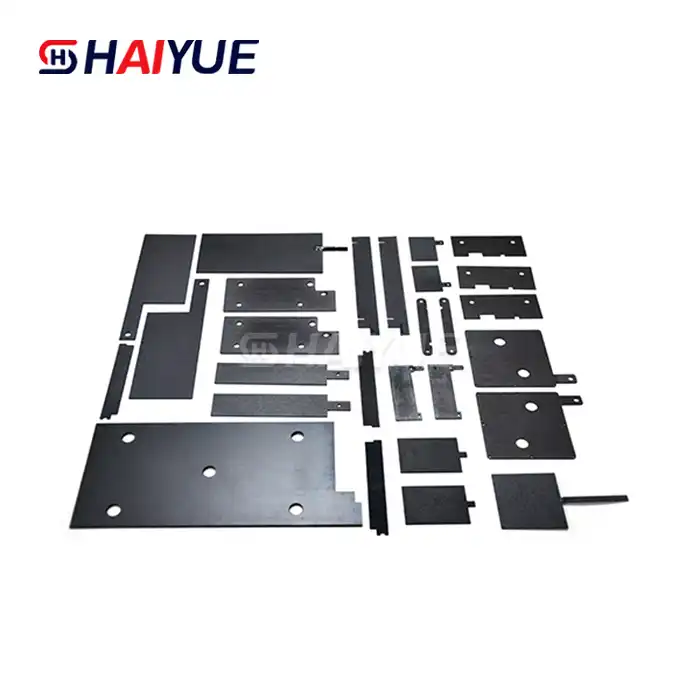
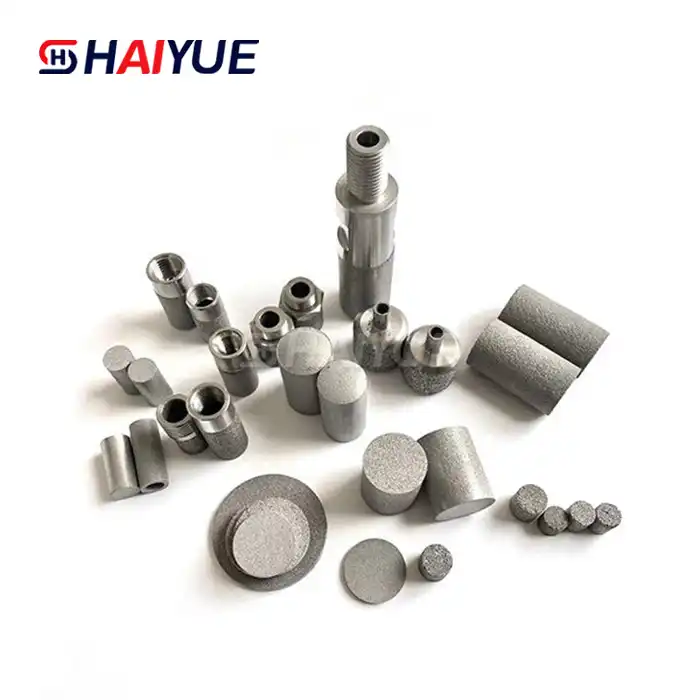
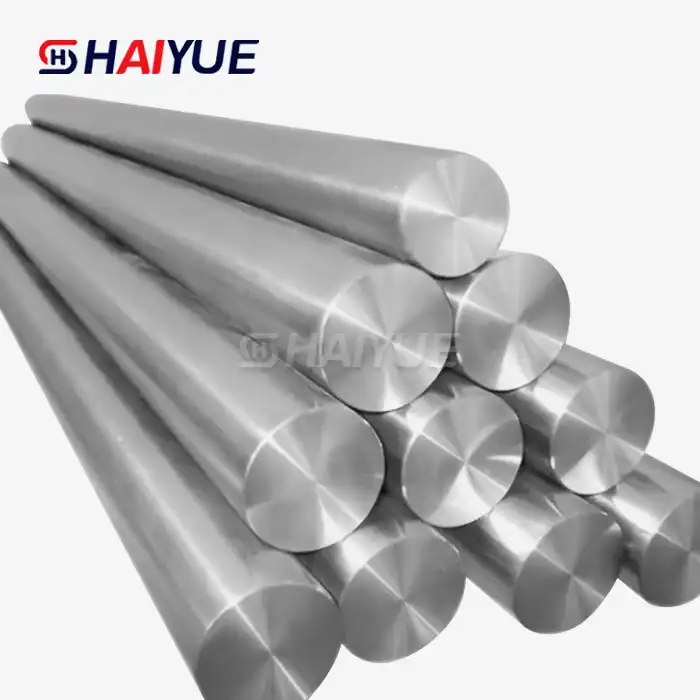
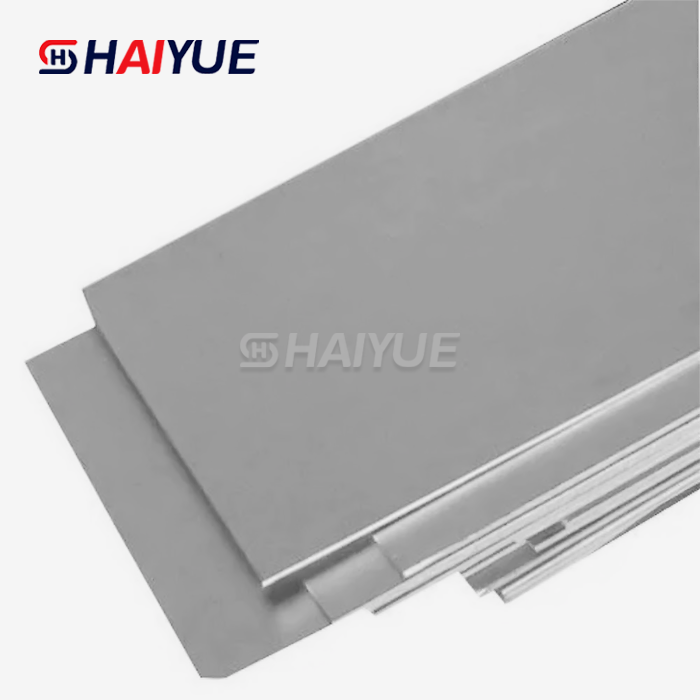
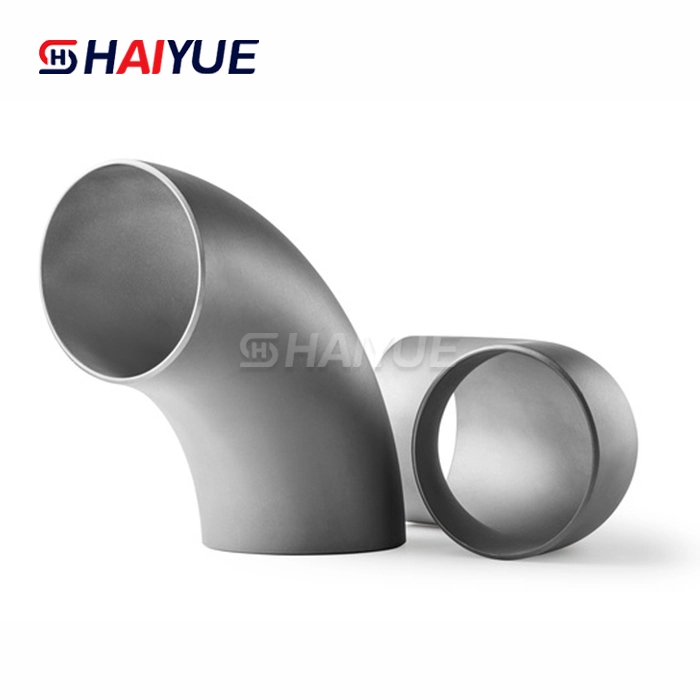
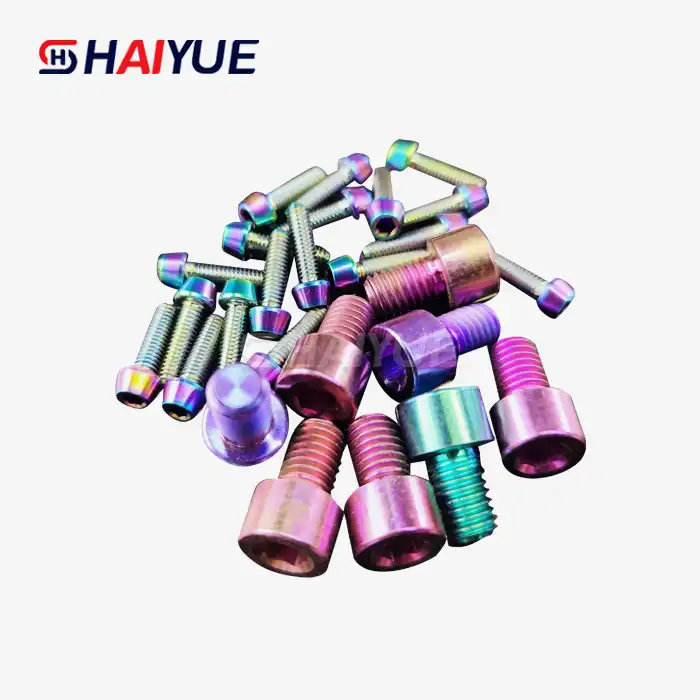

_1739329315008.webp)
_1736310233200.webp)
